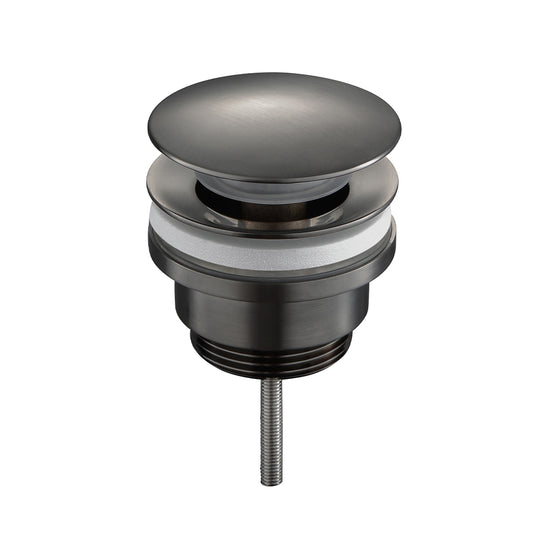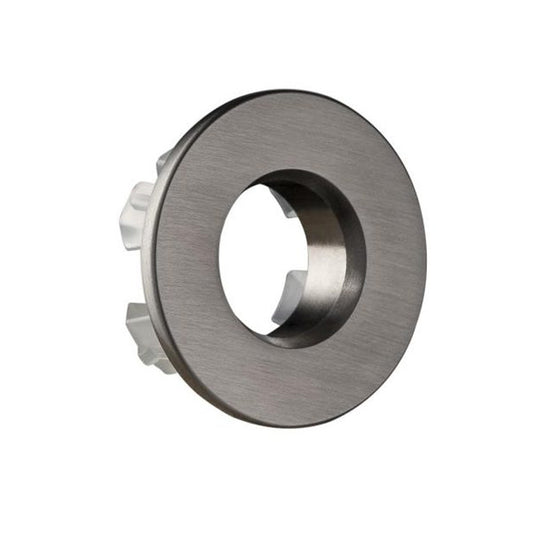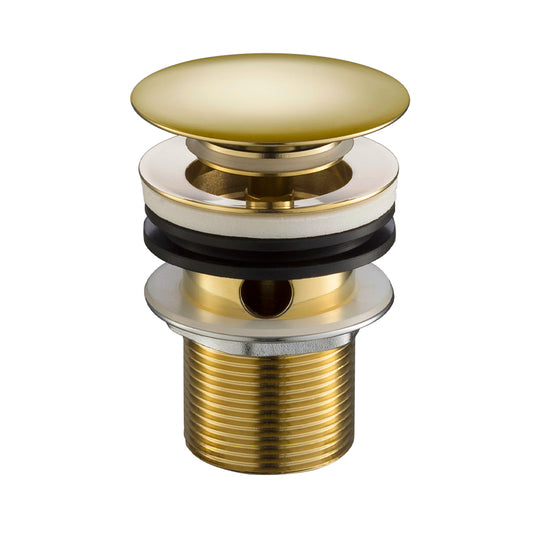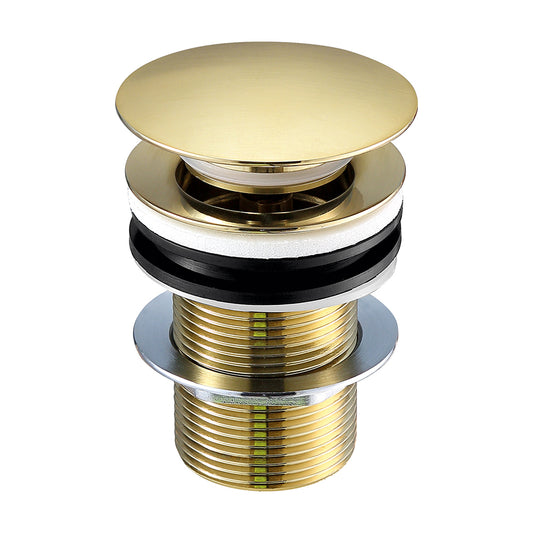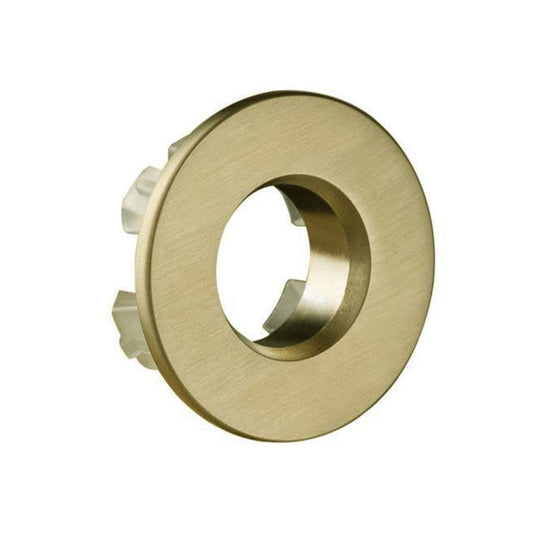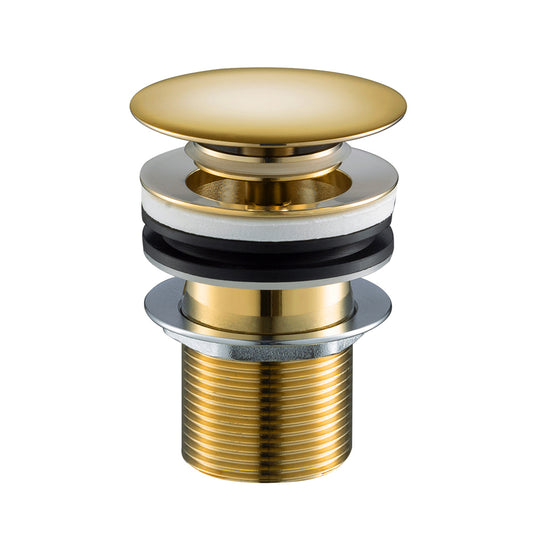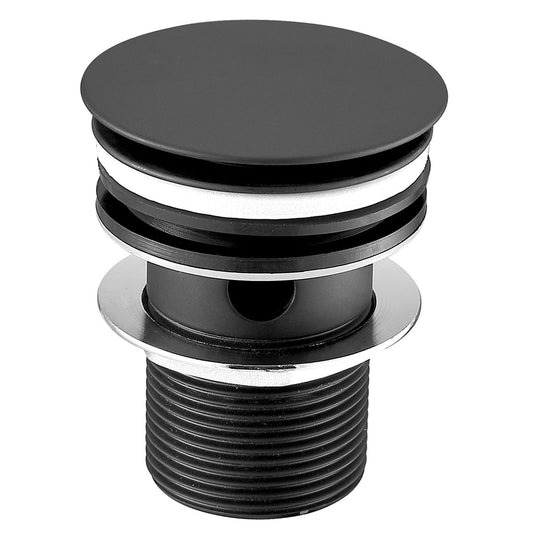Choosing the Right Basin Waste: Slotted vs. Unslotted
Table Of Contents:
-
Introduction
-
Understanding Basin Wastes
-
Slotted Basin Wastes
-
Unslotted Basin Wastes
-
Differences in Installation
-
Factors to Consider
-
Aesthetics and Design
-
Maintenance and Cleaning
-
Practical Applications
-
Durability and Longevity
-
Future Trends
-
Conclusion
Introduction
In the world of bathroom design, even the smallest components can make a significant difference in functionality and aesthetics. Among these, basin wastes play a pivotal role in the efficiency of your sink, but their importance is often overlooked.
Basin wastes, essential for draining water while filtering debris, come in two main types: slotted and unslotted. Understanding the distinctions between these can help you make an informed decision for your bathroom setup.
Understanding Basin Wastes
A basin waste is a fixture placed at the sink's drain to manage water flow and prevent clogging by trapping debris. It's a crucial component for maintaining the cleanliness and functionality of your sink. Basin wastes are equipped with a plug mechanism or a pop-up waste, depending on the design, allowing you to fill or drain the sink as needed.
Slotted Basin Wastes
Designed for sinks with an overflow feature, slotted basin wastes have slots or holes to allow excess water to escape, preventing spills. This design is ideal for high-traffic bathrooms where the risk of overflow is greater due to frequent use. Installation of slotted wastes aligns with the sink's overflow system, ensuring that any excess water is directed away safely.
Unslotted Basin Wastes
Unslotted basin wastes are used in sinks without overflow holes. They offer a clean, streamlined appearance, making them a favorite in minimalist bathroom designs. The absence of slots means that these wastes rely solely on the main drain to manage water flow, emphasizing the importance of regular monitoring to avoid overfilling.
Differences in Installation
The installation process for basin wastes varies slightly between slotted and unslotted types. For slotted wastes, ensuring that the slots align with the sink's overflow is crucial. This alignment guarantees that water can escape through the overflow system as intended. Unslotted wastes require a simpler installation, as there's no need to align with an overflow system. However, ensuring a tight seal is essential to prevent leaks.
Factors to Consider
When choosing between slotted and unslotted basin wastes, consider the design of your sink, the overall style of your bathroom, and practicality. If your sink has an overflow, a slotted waste is necessary.
For a more streamlined look or if your sink lacks an overflow, an unslotted waste may be preferable. The choice also depends on your aesthetic preferences and the level of safety you wish to maintain against overflows.
Aesthetics and Design
While primarily functional, basin wastes also contribute to the bathroom's overall design. Slotted wastes can offer a traditional or technical look, aligning with classic or functional aesthetics. Unslotted wastes lean towards a sleeker, more modern appearance. Your choice can subtly influence the bathroom's style, complementing other fixtures and fittings.
Maintenance and Cleaning
Regular maintenance is key for both slotted and unslotted basin wastes. For slotted wastes, cleaning the slots to ensure they remain clear of debris is essential.
Unslotted wastes generally require less intricate cleaning but should still be regularly checked for clogs. Warm, soapy water and a soft brush are usually sufficient for cleaning both types, maintaining their functionality and appearance.
Practical Applications
The choice between slotted and unslotted basin wastes often comes down to specific bathroom scenarios. In public or family bathrooms, where sinks are frequently used, a slotted waste with an overflow system can prevent accidental flooding.
In contrast, unslotted wastes are often chosen for guest bathrooms or powder rooms, where usage is lower and aesthetics might be prioritized.
Durability and Longevity
The materials used in basin wastes impact their durability and longevity. Stainless steel and high-quality plastics are common, offering resistance to corrosion and wear. When selecting a basin waste, opting for materials that withstand frequent use and cleaning without degrading is advisable, ensuring the waste remains functional and visually appealing for years to come.
Future Trends
Emerging trends in basin waste design focus on sustainability, ease of use, and integration with smart home technologies. Innovations include water-saving designs, touchless operation, and materials that resist bacterial growth. As bathroom design evolves, these features are becoming more prevalent, reflecting a shift towards efficiency and hygiene.
Conclusion
Choosing the right basin waste, whether slotted or unslotted, involves balancing functionality, aesthetics, and the specific needs of your bathroom.
By understanding the differences and considering how each type fits into your bathroom's design and usage patterns, you can select a waste that enhances both the utility and style of your sink.
With this knowledge, you're equipped to make an informed decision, ensuring your bathroom is both functional and beautiful.
Explore our other related blog posts :




